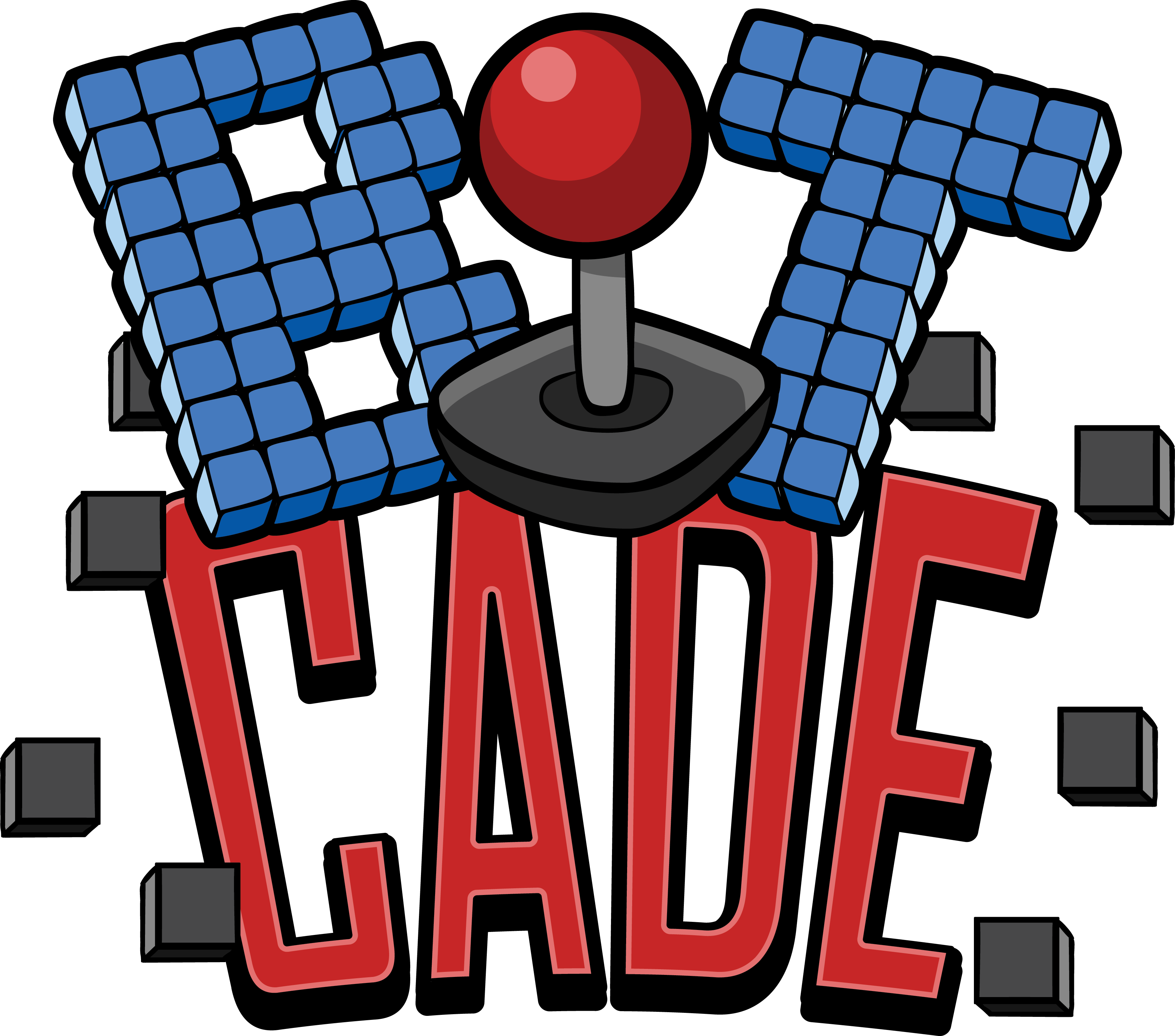The Raspberry Pi is a single-board computer which you can plug into monitors and televisions. It’s an incredibly versatile little device that has now become the world’s best-selling British computer.The tech was developed in the UK in 2012 as a learning tool for coding and programming. Retro game enthusiasts and developers, however, saw an opportunity to bring arcade games back in their full glory and have adopted the Raspberry Pi and its retro gaming potential.
To appreciate the journey of arcade games back into cabinets using the Raspberry Pi, it’s important to understand how arcade machines came about in the first place.
Out of Computers and into Arcade Machines
Arcade games as we know them—loud, colourful cabinets housing single games—can be traced back to Computer Space, a port of a computer game called Spacewar!. Back then computers were too expensive to be commercially viable, much less for bringing one home for personal use. Spacewar! Was played on the PDP-1, a computer the size of a fridge that costs roughly £800,000 today.
Although regarded as a failure at the time, Computer Space started the idea that video games could make arcade parlours money. The developer, Nolan Bushnell, would go onto create Atari and Pong. Pong cabinets made around £32 per day--roughly £416 today. It was enough to dethrone pinball as the arcade’s most lucrative machines, and spark a multibillion industry.
From Revolutionary to Relic
The peak of the Golden Era of saw arcade parlours saturated with cabinets. The top 20 titles were selling tens of thousands of machines. And arcade parlours only had so much floor space. As the library of games grew bigger, the industry developed a wiring standard that allowed owners to repurpose cabinets with new titles. By the mid-80s you could fit everything needed to run a game on a Jamma motherboard, which is only a little bigger than your standard manual.

A Jamma board for Street Fighter II World Warrior
Back home, personal home computers were also starting to take off. The ZX Spectrum, launched in 1982, brought arcade-style games like Frogger and Joust to your own living room. And as video games themselves evolved beyond the 8-bit era, even this became overshadowed by sleeker machines and games with sharper graphics. Video game cabinets became an artifact from the pixelated past.
Bringing Arcade Gaming back into Cabinets
Although small, the Raspberry Pi is orders of magnitude more powerful than the behemoth PC that first drove Bushnell to make specialised arcade gaming hardware. The computer gives hobbyists and retro game lovers a way to build cabinets from scratch.
All you need to start is a power supply, memory card, joystick controls of your choice, speakers, a USB keyboard for configuring software, and an input screen. The most basic setup will probably cost you around £180. Not a small amount, but still cheaper than the PS4 or Xbox One.
Price aside, the Raspberry Pi shines and beats out more advanced computers because its size lets you create virtually any rig you want, especially if you’re tech and DIY savvy. Some have made a full arcade setup that plays out of a hardshell carrier. Many prefabricated bartop cabinets and upright kits already come compatible with Raspberry Pi. You can turn your coffee tables into arcade machines, if you want your guests to never leave. Alternatively, retrofitting old cabinets is also a popular option if you’ve got the original machines gathering dust in storage.
How it Works
Raspberry Pi-powered machines can run hundreds of games, as if the heyday of arcade gaming was distilled into a single cabinet. And these devices are era-agnostic, too. You can have a library of games that includes 90s hits like Metal Slug alongside early 80s classics like 1942.
Arcade games play on the Raspberry Pi, and on any device, using technology called emulators. Emulators are software that basically virtualise the circuitry needed to run retro games. Modern computers aren’t wired to connect to Jamma boards or old-school cartridges, so emulators use ROM images, which are copied data files that computers can read. The game list is displayed using a front-end interface program like EmulationStation.
The RetroPie and Lakka, currently two of the most popular arcade emulators that run on the Raspberry Pi, can host numerous games, as well as run fairly advanced features that were absent from the original coin-op machines, such as saving or taking screenshots. You can even wire your set up to use next-gen console controllers, if joysticks aren’t your thing. Aside from emulating games from arcade system boards, both RetroPie and Lakka can also reliably run games from iconic retro consoles like the Atari 2600, N64, and Sega Genesis.
Arcade cabinets commercialised video games, birthing the industry that stands at £241 billion strong today. And although new advancements in computing caused their popularity to wane, the same improvements are also largely to thank for the resurgence of arcade cabinets.
That, along with a robust community of DIY hobbyists and builders, ensure these iconic machines not only stay alive, but also become more accessible. Emulators and single-board computers like the Raspberry Pi enable anyone to recreate a slice of video gaming’s Golden Era, right in their own homes--sans the nearly million pound computer.

